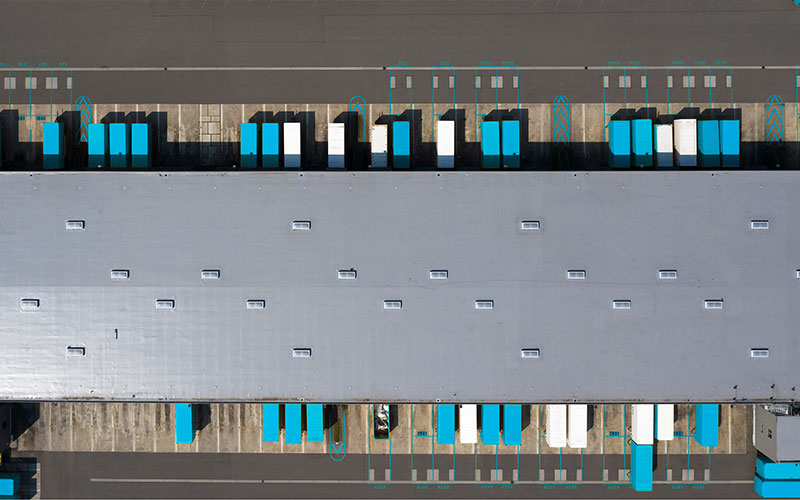Trucking companies have long known that there is waste in their system, a lot of waste. About $3 billion worth of it comes from empty miles traveled, according to Shelley Simpson of JB Hunt in an interview with Freight Waves magazine.
Bobtailing and suboptimal routing are two glaring examples of wasted capacity. Add these to Electronic Logging Devices (ELD) and you have an exaggeration of the demand shortage. So, the question is, is there really a shortage, or are we facing an imbalance in the distribution of assets over the network?
Supply chain management is all about reducing waste from the supply chain. Enabling truckers and shippers to better match their freight and capacity is key to margin improvement on both ends.
According to the American Trucking Association’s 2017 Truck Driver Shortage Analysis report, the industry needs to hire almost 900,000 more drivers over the next decade to meet the growing demands. What if this gap could be closed, not by introducing more drivers but by being smarter in how we match capacity with loads? This is exactly what Blue Yonder is doing. Blue Yonder is enabling the capability of shippers and carriers to match their capacity and demand in near-real-time with immediate price visibility.
This capacity alignment is based on two components: a discovery model identifying brokers who have excess capacity and an optimization toolset that reduce empty miles traveled. Each adds value in its own right; however, the combination of the two amplifies the value unlocked.
Capacity Discovery
Empty miles and deadheads are necessary evils of any carrier’s existence as they erode margin. Drivers’ hours are precious and every mile matter. In their drive to improve efficiencies across North America, market leaders (e.g., JB Hunt, Schneider National, and Convoy) adopted the Blue Yonder dynamic capacity discovery capability using API’s to identify and match capacity and demand in near real-time, as well as re-aligned the process to provide price confirmation 2 to 3 days earlier than before. Gone are the days of tendering for loads and having to wait for price confirmation. Dynamic pricing is now integrated into capacity management and shippers have full price transparency.
Capacity Optimization
Unproductive, non-revenue-generating miles is another strain on carriers. Reducing empty miles is key to margin improvement, especially with the introduction of ELD, which has reduced the revenue-generating hours (Hours of Service) available to drivers. Using the Blue Yonder freight capacity optimization tools, SemiCab has introduced a game-changing model to the market whereby they guarantee improvement in freight routing over time by optimizing the routing of carriers.
In Conclusion:
Show me the money for both dynamic capacity discovery and freight capacity optimization, the end-goal is optimization and margin improvement. Organizations aspire to reduce their costs by reducing pressure on their workforce, reduction in unnecessary fuel consumption, and reducing empty miles. Adoption of any of these toolsets will allow your enterprise to eliminate waste. It’s a win for all.
At this point, you want to jump into this opportunity head-first.
To learn more about how Blue Yonder can bring value to your transportation strategy, please visit blueyonder.com or contact 833-532-4764.

